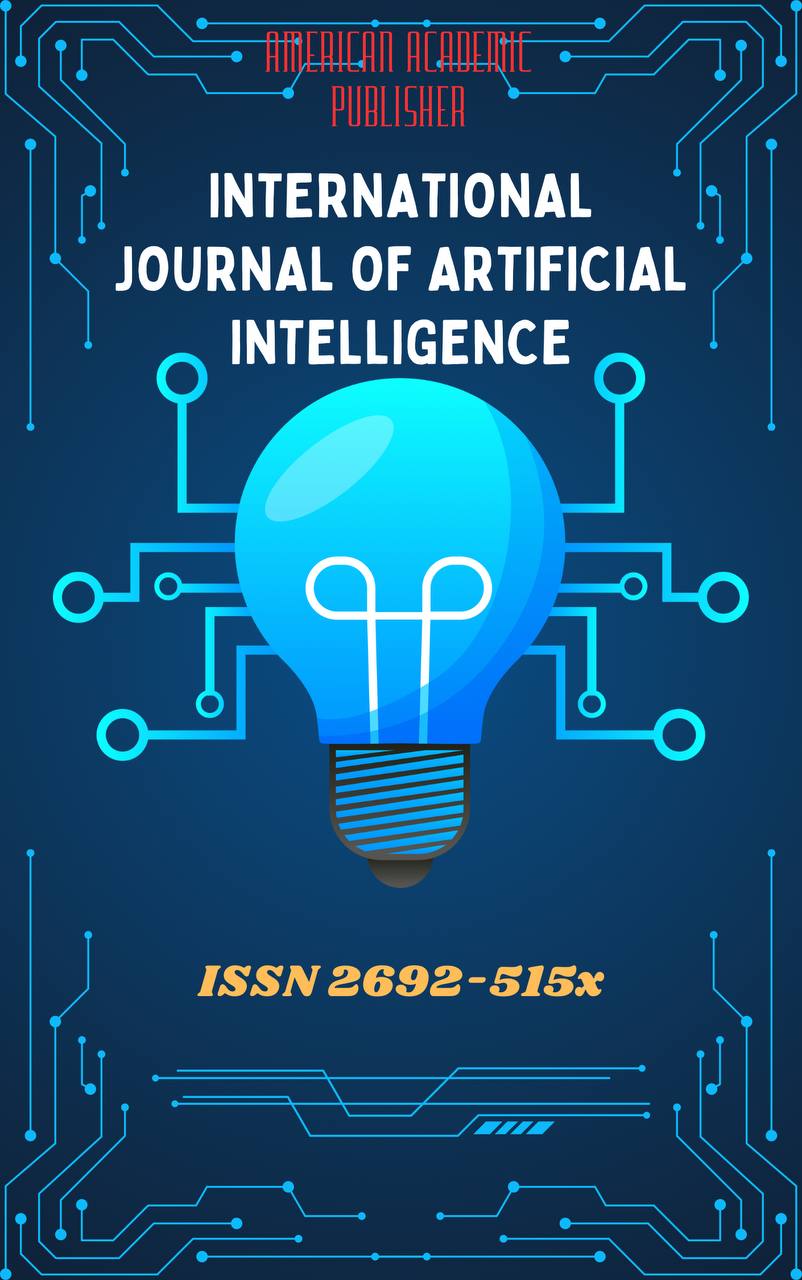 Articles
| Open Access |
Articles
| Open Access | RECOMMENDATIONS FOR TEACHING AND TRANSLATING GENDER LEXICON
Hamdamova S.O. , Fergana State Technical UniversityAbstract
In modern society, issues of gender sensitivity are becoming increasingly relevant in education, linguistics, and intercultural communication. Particular attention should be given to approaches to teaching and translating gender-related vocabulary, considering cultural, social, and linguistic contexts. This article aims to investigate the characteristics of gender-marked vocabulary, the challenges of translating it, and to propose methodological recommendations for foreign language teachers and professional translators.
Keywords
gendered language, inclusive language, foreign language teaching, translation, linguistic gender sensitivity, gender-neutral terms, feminine forms, intercultural communication, grammatical vs. social gender, language education.
References
Cameron, D. (1995). Verbal Hygiene. Routledge.
Pauwels, A. (2003). Linguistic Sexism and Feminist Linguistic Activism. In: Holmes & Meyerhoff (eds.), The Handbook of Language and Gender.
UN Guidelines on Gender-Inclusive Language. (2019).
APA Style. Bias-Free Language. (2020).
Boldyrev, N. N. (2004). Cognitive Linguistics. Tambov: TGU Press.
Article Statistics
Downloads
Copyright License

This work is licensed under a Creative Commons Attribution 4.0 International License.

